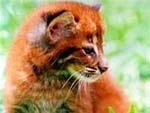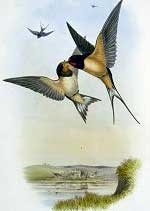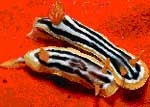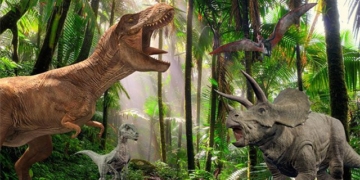In the animal kingdom, many strange things can happen in unexpected ways. One such phenomenon is the unique behavior of certain bird species that have a penchant for eating crocodiles. Let’s explore 3 bird species that have the capability to hunt crocodiles!
1. Shoebill Stork
According to MSN, the Shoebill Stork is a unique bird species native to Africa. Its name comes from the peculiar shape of its bill.

The name “Shoebill” comes from the unusual shape of this bird’s bill. (Photo: MSN)
The Shoebill Stork is relatively large, with adult birds standing 115–150 cm tall, measuring 100–140 cm long, having a wingspan of 230–260 cm, and weighing 4–7 kg. Its bill averages 30 cm in length. Despite its large body, its legs are quite slender, creating a perplexing imbalance. The Shoebill Stork is a descendant of the small dinosaur “Theropoda,” related to the T-Rex. Through the process of evolution, its tooth-filled mouth has transformed into a bill.
Although the main diet of the Shoebill Stork consists of various types of fish, its feeding habits are quite diverse. Crocodiles, fish, lizards, snakes, and turtles are all part of its menu, and even newborn mammals like antelopes can fall prey if the opportunity arises.
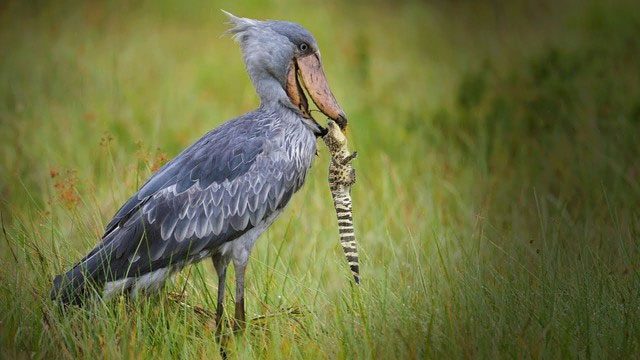
The Shoebill Stork is considered a natural enemy of crocodiles, especially juvenile crocodiles. (Photo: Pinterest)
The Shoebill Stork is regarded as a natural enemy of crocodiles, particularly young ones. This is due to its bill, which is wide and sturdy, curved into a hook shape. This bill can pierce through crocodile skin, and the edges are sharp enough to easily tear flesh from its prey.
MSN also shared a video showcasing a Shoebill Stork catching and eating a juvenile crocodile.
2. Great Blue Heron
The Great Blue Heron is a large bird belonging to the Ardeidae family, commonly found in open water regions and wetlands in North and Central America. They are typically quite large, averaging 1.3 meters in height, with a total length of around 1.3 meters and a wingspan exceeding 2 meters.

The Great Blue Heron is a lethal predator, capable of eating anything that fits into its bill. (Photo: Pinterest)
The Great Blue Heron has gray-blue plumage and a large body, “the Great Blue Heron is a lethal predator, capable of eating anything that fits into its bill.”
While their primary diet consists of fish, shrimp, crabs, insects, rodents, and other small mammals, Great Blue Herons also consume amphibians like frogs, snakes, reptiles, and even juvenile crocodiles and sharks.

A Great Blue Heron feeding on a juvenile crocodile. (Photo: Shellie Gilliam)
American wildlife photographer Shellie Gilliam encountered a Great Blue Heron feeding on a juvenile crocodile during her outing at Lake Apopka. The Great Blue Heron has a large bill, esophagus, and expandable stomach that allows it to swallow large prey like juvenile crocodiles.
3. Eagle
According to the Telegraph, the eagle is a large predatory bird belonging to the order Falconiformes and the family Accipitridae. The largest species of eagle can exceed 1 meter in body length and weigh up to 7 kg. They inhabit areas with high mountains and pristine forests that have not been deforested by humans, such as the coasts of Australia, Indonesia, and Africa, but primarily in the Eurasian continent.
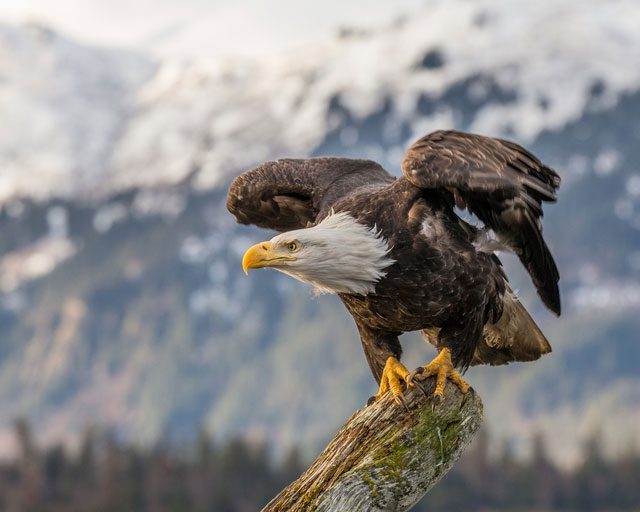
Eagles are apex predators in the food chain. (Photo: Pinterest)
Eagles have various distinguishing features among different species, but the most notable are their feather color and size. Their wingspan ranges from 1.5 to 2 meters. They are powerful birds known for their exceptional hunting abilities.
Eagles are apex predators in the food chain, and when healthy, they have virtually no natural enemies. Their diet is diverse, ranging from birds, such as chickens and geese, to reptiles, particularly monitor lizards and snakes, including venomous species like cobras, pit vipers, mambas, and African rock pythons. They also consume juvenile crocodiles.
There have been recorded instances of an eagle in Kruger National Park, South Africa, capturing a juvenile crocodile and feeding on it wholeheartedly.
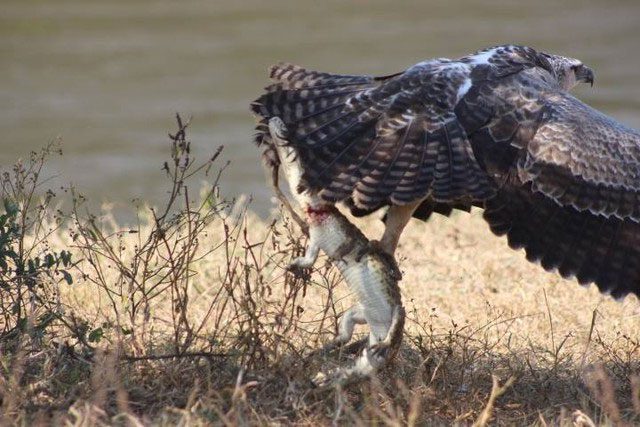
An eagle in Kruger National Park, South Africa, has captured a juvenile crocodile and is enjoying its meal. (Photo: Pinterest)








































